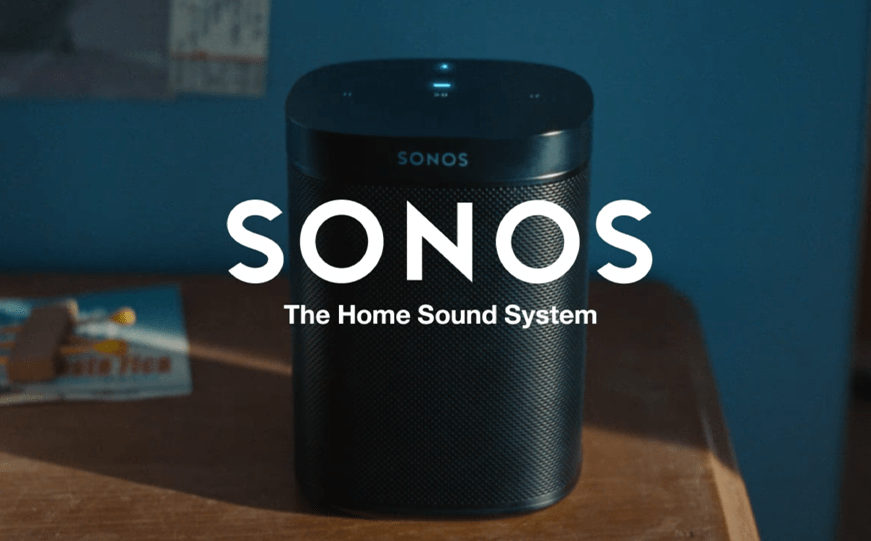We’ve said repeatedly that we favor a storytelling approach over making a reasoned, logical, feature-benefit approach to selling a home and building product. The latest example of how to do that comes from Sonos.
Sonos, if you’re not familiar, is a brand of smart speakers and home entertainment components. They’re playing in the crowded field of smart home technology with heavy hitters like Amazon, Google, Bose, and Beats as competition. So they needed to stand out.
Their approach is to take a well-established theme and build stories around it. And to our eye, they’ve done an outstanding job.
The notion that music forms the soundtrack to our lives is not new. People love music, and they often choose a harmonic theme depending on their moods. The song you choose at quitting time on a Friday afternoon in summer is probably very different than what you’d listen to during a Wednesday morning workout.
But music does more than reflect our moods. It can change them, and that’s where Sonos has hit on something that is transferable to virtually any form of marketing home and building products.
The brand understands that music and storytelling very often can take people from moods of sadness, frustration, and even mourning to more positive feelings. And as the provider of devices that play that music, Sonos understands their place in people’s lives.
So the challenge then becomes how to convey that message. The result is nothing short of masterful.
The company has created a series of intimate, lifestyle ads that are very short, yet very rich and detailed. With just a bit of dialog, the ads use visual storytelling and music (of course) to show the viewer what’s going on.
In one ad, we see a broken-hearted teenage boy ask the Sonos speaker to play some called “Incomplete Kisses” as he fights back tears and longingly pines over love notes from a girlfriend who has just dumped him.
How do we know he’s just been dumped? The song choice offers the first clue (though we’re old and have never heard this song before), but the visuals tell the whole story. The notes. The desperate way he can’t sit still. We’ve all been there, and we instantly recognize what he’s going through.
The scene then cuts to the hallway outside the boy’s room, where his mom hears the music, approaches his closed door, and gently knocks. Panicked, wanting to hide his embarrassing emotions, the boy asks the Sonos to play some hard rock (or something like that — again, we’re old).
But the boy’s mother is wise, and upon entering the room, tells the Sonos speaker to go back to the previous song. She sits down with him and gives him a knowing look that says, “It’s going to be alright.”
As the ad ends, the graphic reads, “From heartbreak to healing.”
Other ads in the series take the same approach to telling different stories.
One opens with a frustrated man, waiting for his over-achieving, work-obsessed wife to come home. When she finally does, he instructs the Sonos speaker to play a song that takes the mood from “Working late to midnight date.”
Another opens with an older man, mourning the loss of his wife and soulmate. Sensing his grief, his grown daughter asks the Sonos to play “Mom’s playlist,” and the two start dancing, and remembering. “From gloomy to groovy,” the headline reads.
This is another example of a brand that knows its place in people’s lives. And that place is not at the center. People’s lives center on relationships, emotions and moments. Products and brands exist on the periphery; they can touch and enhance those relationships, emotions and moments, but they can’t replace them.
Sonos’ approach reflects this. The product plays a supporting role in the story, but not the central one. And it’s a role that is pretty simple — just obeying commands to play certain songs. They’re not making it out to be a technological wonder or getting into the details of how it works.
They’re simply showing how they can be a part of your life.




